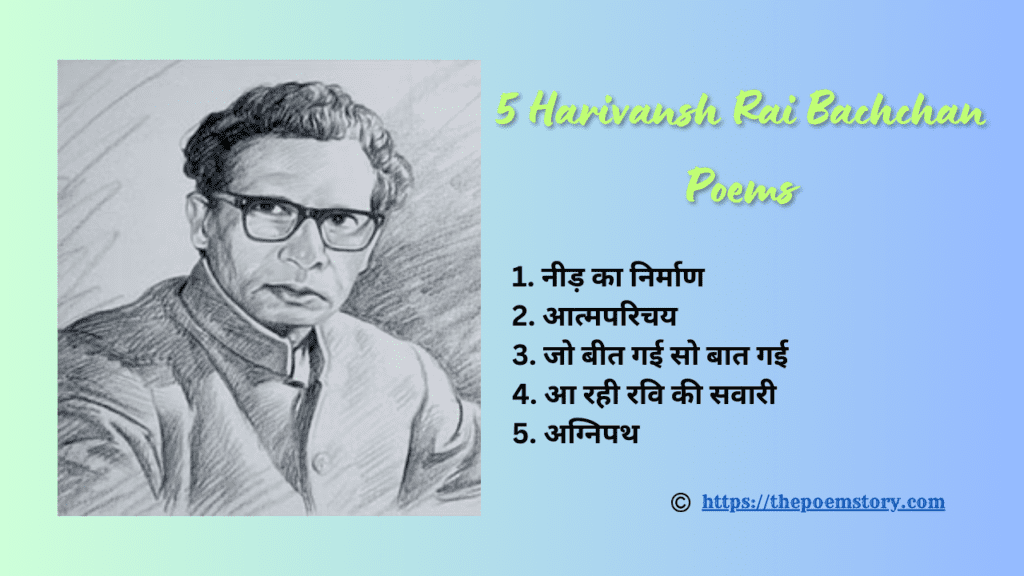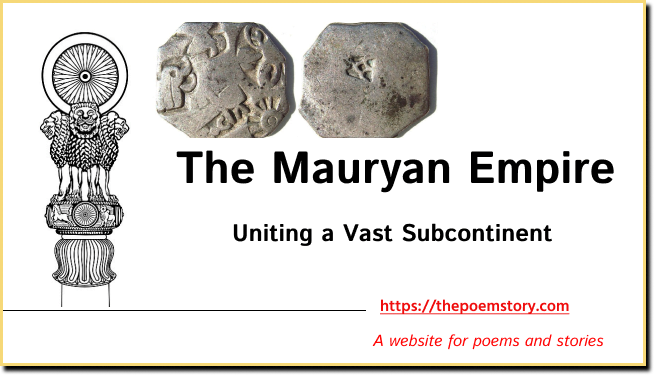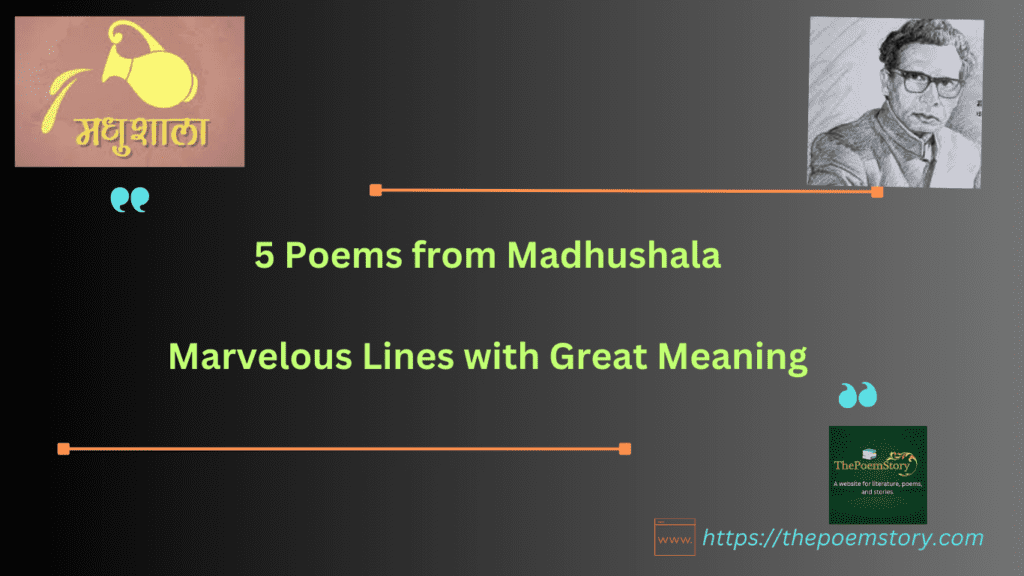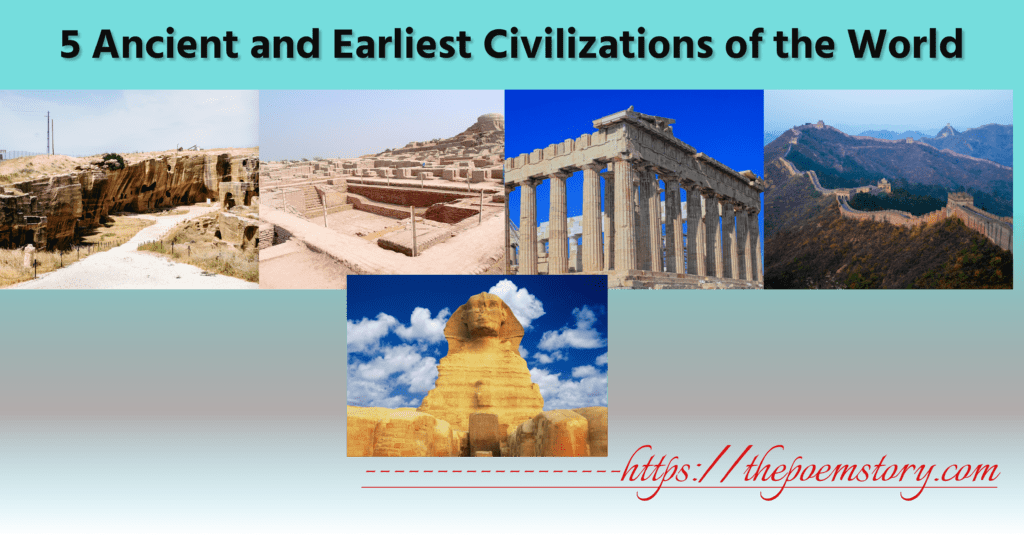Introduction to Kalidasa
Kalidasa is one of the greatest Sanskrit poets and dramatists of ancient India. There is very little available in historical records about his life. Although concrete details are few, what is universally recognized is his having been a prolific artist during the Gupta period. The Gupta Period is also called the ‘Golden Age of India,’. It was an era of tremendous artistic, literary, and cultural achievements. His association with this age exposes the reaches of social and cultural life which the author evolved through to shape his literary genius.
The nomenclature ‘Kalidasa’ literally means a servant of Kali. It is in reverence and homage to the goddess Kali, who is fierce and transforming. Later in this article, you will also read how Kalidas got his name. The contributions of Kalidasa to Sanskrit literature were gigantic and covered almost all forms, from epic poems to lyrical poems and dramas. Among the most famous works by Kalidasa are the epic poems ‘Raghuvamsha’ and ‘Kumarasambhava,’ the lyrical poem ‘Meghaduta,’ and the famous plays ‘Shakuntala’ and ‘Vikramorvashiya.’
While we read Kalidasa’s epics and poems, we experience his expertise in imagery, refined expression, and expert depiction of deep emotions. You can find beautiful descriptions of nature, deep human emotions, and the interplay between divine and mortal, in Kalidasa’s work. These are the typical characteristics of Kalidasa’s literature. His style and themes in literature add to his pride and place him among the masters of classic Indian Literature. They also have an ever-lasting imprint on generations of writers and poets following him. His work has not only influenced poets and readers of India but outside the country as well.
Kalidasa has left behind a legacy that has come to mean excellence in literature and has inspired countless adaptations and interpretations. Kalidasa has shown his contribution to Indian literature as timeless, perpetual evidence of the enlivening power, poetic imagination, and enthralling charm that classical Sanskrit literature holds.
Explore Category: Biographies
Also Read:
Biography Of Kalidasa (The Servant of Kali)
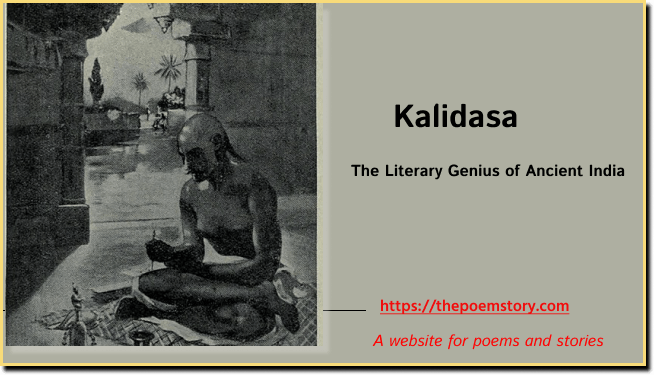
Table of Contents
Kalidasa’s Contribution to Sanskrit Literature
Kalidasa made the Sanskrit Epics richer with his works. His literary expertise in the different forms of letters—poetry, drama, and prose—all set him different from others. Very few of them have garnered mastery and deep understanding of the Sanskrit language. How complex the metaphors are, how rich the imagery is, and how emotionally intense they evoke in readers are characteristically distinct hallmarks of his works.
One of the hallmarks of Kalidas’s contribution was in poetry, which has been said to prove his lyrical genius. His restive masterpieces, like “Meghaduta” (The Cloud Messenger) and “Raghuvamsha” (The Dynasty of Raghu), are some instances of how easily he could soak emotions into natural elements with calmness in his verses. This does more for his poetry than merely capturing the beauty of the natural world; it is a questioning in the web of human emotions that has made his works timeless.
In the realm of drama, “Shakuntala” by Kalidasa is an unparalleled work. This intricate plot and deeply emotionally resonant drama was translated into a multitude of languages and adopted into different art forms. In this way, “Shakuntala” created a trend for classical Indian drama and has continued to influence modern dramatists and scholars. Indeed, in his other plays, such as “Vikramorvashiya” and “Malavikagnimitra,” he merges mythological themes and human experience to raise a superstructure of creative and philosophical content.
Though less voluminous compared to his poetical and dramatic works, there is considerable literary value attached to Kalidas’s prose. His treatises and commentaries reveal the depth of his scholarship and the mastery he had acquired over the Sanskrit language. It is through these that he contributed to the preservation and dissemination of ancient Indian knowledge and cultural heritage.
The influence of Kalidasa’s writings is beyond the times, flowing into the shaping of succeeding traditions of literature. Studied and admired by scholars and poets across many centuries, his works stay cogent in contemporary times. It is Kalidasa’s unique style and thematic richness that has ensured that his contributions to Sanskrit literature are a cornerstone of Indian literary heritage.
Abhijnanashakuntalam (The Recognition of Shakuntala)
“Abhijnanashakuntalam,” often regarded as Kalidas’s magnum opus, is a timeless classic that intricately weaves the themes of love, destiny, and divine intervention. The play narrates the poignant love story of King Dushyanta and Shakuntala, the daughter of sage Vishwamitra and the celestial nymph, Menaka. Their romantic saga unfolds in the idyllic hermitage of sage Kanva, where Dushyanta encounters Shakuntala and is immediately captivated by her beauty and grace. The two are soon united in love and marriage, with Dushyanta giving Shakuntala a ring as a token of their union before leaving for his kingdom, promising to return for her.
However, the course of their love story is marred by a curse from the irascible sage Durvasa, who, offended by Shakuntala’s inadvertent neglect, decrees that Dushyanta will forget her until he sees the ring. This curse sets the stage for a series of trials and tribulations that test their love and devotion. The interplay of human emotions and divine will is evident as Shakuntala, carrying Dushyanta’s child, embarks on a journey to reunite with her husband, only to be repudiated by him due to the curse-induced amnesia.
The narrative reaches a turning point when the lost ring is discovered by a fisherman and returned to Dushyanta, triggering his memory of Shakuntala. The eventual recognition and reunion of the lovers, facilitated by divine intervention, underline the themes of destiny and the inexorable power of love. Kalidasa’s masterful portrayal of the characters and their emotional depth has not only left an indelible mark on Indian literary traditions but has also resonated with audiences globally, inspiring adaptations in various artistic forms.
“Abhijnanashakuntalam” stands as a testament to Kalidasa’s literary genius, showcasing his ability to blend human experiences with mythological elements, thereby creating a work that transcends time and cultural boundaries. The play’s enduring appeal lies in its exploration of universal themes that continue to captivate and inspire readers and audiences around the world.
Meghaduta (The Cloud Messenger)
‘Meghaduta,’ one of Kalidas’s most celebrated lyrical poems, captures the essence of longing and separation through the poignant tale of a Yaksha, a celestial being exiled by his master. The Yaksha, consumed by sorrow and yearning for his beloved wife, enlists the help of a passing cloud to deliver a message to her. This narrative framework allows Kalidasa to weave a rich tapestry of emotions, natural beauty, and profound poetic expression.
The poem is structured in two parts: the Purvamegha (first cloud) and the Uttaramegha (second cloud). In the Purvamegha, the Yaksha implores the cloud to take his message, describing the journey it will undertake. This section is a masterclass in vivid descriptions of the landscape, as the Yaksha guides the cloud over mountains, rivers, and forests. Kalidasa’s attention to detail and his ability to evoke the splendor of the natural world is unparalleled, making the reader feel as though they are accompanying the cloud on its journey.
In the Uttaramegha, the Yaksha’s message to his wife is delivered. Here, the poem shifts to a more introspective and emotional tone. The Yaksha’s words are filled with tenderness and sorrow, reflecting his deep love and longing. Kalidasa’s exploration of the themes of separation and love resonates deeply, showcasing his ability to portray complex human emotions with sensitivity and depth.
‘Meghaduta’ stands as a significant work in the context of Sanskrit poetry, not only for its lyrical beauty but also for its innovative use of the messenger motif, which would influence later poetic traditions. Kalidasa’s skillful blending of natural imagery and emotional depth set a high standard for subsequent poets and solidified his reputation as a literary genius. The poem’s enduring appeal lies in its universal themes and Kalidasa’s masterful storytelling, which continue to captivate readers and scholars alike.
Raghuvamsha (The Dynasty of Raghu)
“Raghuvamsha” is an epic poem by the illustrious Kalidas and one esteemed in the annals of Sanskrit literature. It broadly traces the lineage of the legendary King Raghu, giving a panoramic vision of valor, righteousness, and the responsibilities that one has to attend to when one is a king. The story opens with the story of Dilipa, the founder of the Raghu dynasty, and then the story of gallant kings like Raghu, Aja, and the famous Rama proceeds.
Raghu was the hero after whom the dynasty was named. He was a model monarch who shone in a galaxy of such rulers. His rule was an era of prosperity and justice combined with extraordinary military conquest, which made it a precedent for his descendants. The poem fastidiously recounts his conquests and the subjugation of the countryside under his rule, with all the ideals of dharma and epic heroism. His son Aja obtains these extraordinary virtues but is himself fated to suffer tragedy. The tender tale of Aja and his lady love Indumati discloses Kalidasa’s other perfection-the power of interlacing deep emotional currents into a grand tapestry of epic history.
The character of Rama is, of course, the most iconic in the lineage of Raghuvamsha: the hero of the “Ramayana.” Kalidasa, in “Raghuvamsha,” etches the character of Rama almost as Valmiki has done in his epic. Rama was the most perfect, characterized by this greatest virtue of man: dedicated to dharma, very powerful in battle, and a model monarch. The poem concludes with Rama, whose life and deeds remain exemplary of perfection and right acts.
‘Raghuvamsha’ is a true testimony to the literary acumen of Kalidasa. The description in the verse is full of ornateness and grand metaphors, which come alive with the images—the cutting edge to Kalidasa’s exclusive style. All this, put together with his absolute command over the Sanskrit language for expression and presentation of very deep philosophic themes in poetic expression makes ‘Raghuvamsha’ a great publication in the Sanskrit epical tradition. So to uphold the glory of the Raghu dynasty, the work will celebrate universal themes of duty, righteousness, and the eternal struggle between good and evil.
Kumarasambhavam (The Birth of Kumara)
‘Kumarasambhavam’ is an epic poem and the most celebrated work of Kalidasa, masterfully telling the divine saga of the birth of Kumara, also known as Kartikeya, the god of war. Here is the delineation of an engrossing story of divine romance between Lord Shiva and Goddess Parvati, the two most well-known deities in Hindu mythology, leading up to their marriage. It is not just a love tale; their marriage is a cosmic event with far-reaching consequences for the cosmos.
This entire poem has been divided into numerous cantos, each of which is beautifully popular with scintillating imagery and deeply embedded symbolism. Kalidasa intricately depicts Parvati’s devotion and rigorous penance to win Shiva’s heart when he is indifferent. Her undaunted determination, purity, and dedication raised her to the pinnacle of finally marrying him—divinely—and went with great pomp and festivity of celestial beings.
The moment they unite, the story turns to the birth of their son, Kumara. His birth is not an ordinary event, but a crucial moment destined to change the balance struck by good and evil. As he is to kill the demon Tarakasura, his birth stands for the victory of divine will over ill will. The larger message of triumph for righteousness and divine order is inscribed within the central message of this poem.
The ‘Kumarasambhavam’ alone of all the works stands as a living and categorical witness to the highest ability in the matter of style, that Kalidasa was unrivaled. Descriptions of nature, the divine beauty of Parvati, and the mighty presence of Shiva by him have no parallel. Words are combined with perfect beauty and penetration through human emotions and laws of the cosmos in every ech verse.
Besides being a great narrative, it enriched the epic genre as such. ‘Kumarasambhavam’ in its inimitable way merged myth with human experiences, revealing knowledge from divine love to duty and the cosmic cycle of creation and dissolution of the universe. Kalidasa’s work is eternal and hailed to this day for its greatness in literature and spiritualism.
Vikramorvashiyam (Urvashi Won by Valor)
“Vikramorvasiyam” is a classic play by Kalidasa, telling an interesting story of King Pururava and the divine Apsara Urvashi. This story filled with love, separation and reunion brings out Kalidasa’s brilliance in understanding human emotions and bringing them to the dramatic canvas. The play is based on the deep love of Pururava and Urvashi, filled with moments of happiness, heartache and ultimate reconciliation.
The descent of Apsara Urvashi from heaven and being welcomed by the king of the land, Pururava, marks the beginning of the plot. The sudden attraction between the two is the backdrop against which a passionate love story is laid. Yet, there are countless trials at every step of their relationship – an angry heaven and the tightening noose of two worlds.
The heightened dramatic elements, through divine intervention and supernatural changes, make the love story more complex. Some of the important dramatic events are temporary amnesia which causes Urvashi to forget Pururava. Such a separation dramatically brings out the intensity of their love and the agony of separation. Similar sufferings show that he can win her over with his bravery and boldness.
It is therefore appropriate that this is the story of the “heroically conquered Urvashi”. Her unwavering love and confidence finally help her win back her partner. This reunion, though sentimental, is very triumphant. “Vikramorvasiyam” by Kalidasa is a play that explores human emotions in depth. It evokes deep empathy in the audience towards the feelings of love, longing and reunion experienced by the characters. Thus, this play is an eternal piece of literature. The impact of the play does not end here. It has had a solid influence on subsequent dramatic works in Sanskrit literature, setting very high standards for storytelling and character development.
In other words, “Vikramorvasiyam” is not a love story, but it is a highly dramatic exploration – of human emotions and divine interventions. It is Kalidasa’s brilliance in giving birth to the story that has made it one of the cornerstones of ancient Indian literature, which has always inspired and fascinated generations of readers and viewers.
Malavikagnimitram (Malavika and Agnimitra)
Another of the important plays, yet lesser known, of Kalidasa, is the ‘Malavikagnimitram’, an interesting narrative of the romantic entanglements between King Agnimitra and the seductive Malavika. The whole action is passed inside a royal court and exposes a finely observed and delicately told story of love, fidelity, and social hierarchy.
It begins with the story of King Agnimitram, who falls in love with Malavika, a beautiful and accomplished dancer who has just arrived at his court. There are many obstacles in the way, obviously; chief among them are court intrigue and mistaken identities. The drama unfolding afterward also includes Queen Dharini, who is ignorant of her husband’s interest in Malavika but later is drawn into the whole drama. Complications arise from the misunderstandings and several courtiers’ schemes.
At the root of ‘Malavikagnimitram’ lies an analysis of love as an agent of change—not merely at the individual level, but in terms of changing the equation of human society. Through the play, Kalidasa superbly balances the tension between duty and desire, while the royal court seems to function as a microcosm for a larger social order. The characters struggle through their roles and responsibilities and bring out the fine line underlying individual ambition from collective welfare.
The final resolution of the plot involves Malavika discovering her true identity as a princess to legitimize her relationship with King Agnimitra. The themes typically turn up with mistaken identity and eventual recognition, a staple of Kalidasa’s style, master of intrigue, and narratives that touch very universal human experiences.
In the canon of Kalidasa, ‘Malavikagnimitram’ represents one of his most brilliant works. This very major contribution to the genre of courtly drama brings to light a lot about both the sophisticated functioning of royal courts and timeless love and loyalty. The primary things that remain relevant in the play today are the way it portrays human emotions and social relationships; therefore, it is very much an integral part of the illustrious legacy left behind by Kalidasa.
Explore our category: Biographies and read more about poets and writers.
- Biography of Saint Kabir
- Biography of Harivansh Rai Bachchan
- Biography of Mahadevi Verma
- Ramdhari Singh Dinkar
| A | B | C | D | E |
| F | G | H | I | J |
| K | L | M | N | O |
| P | Q | R | S | T |
| U | V | W | X | Y |
| Z |
Try Our Re-Writer Tool to Re-Write Your Articles: https://byqus.com/rewriter
